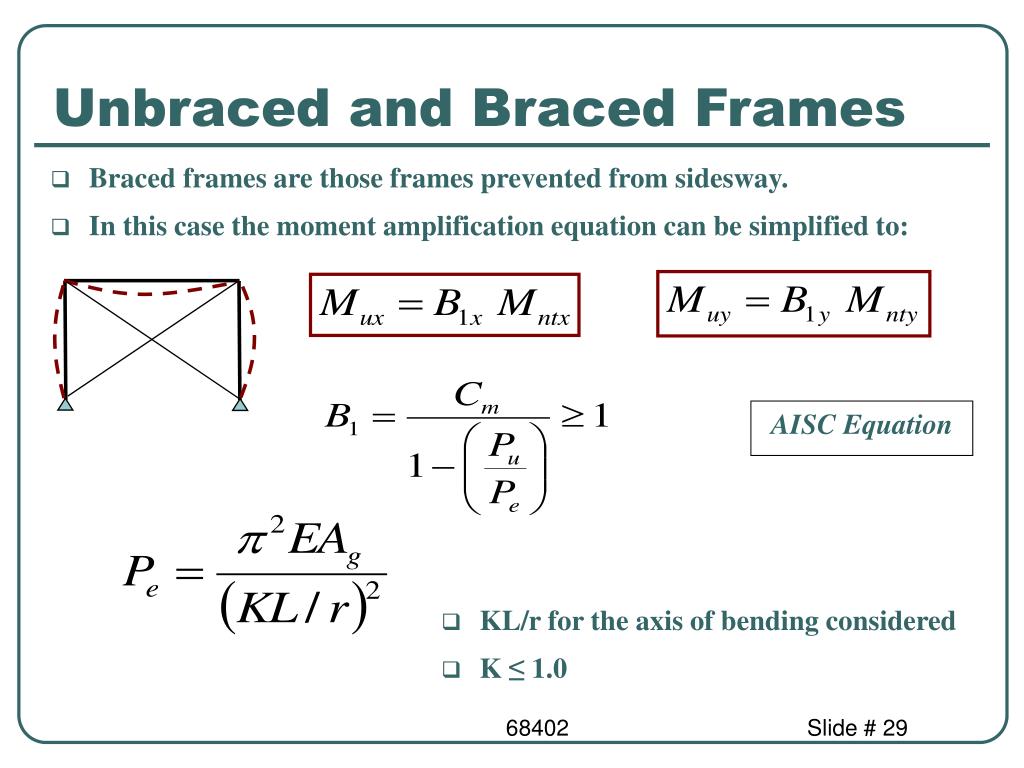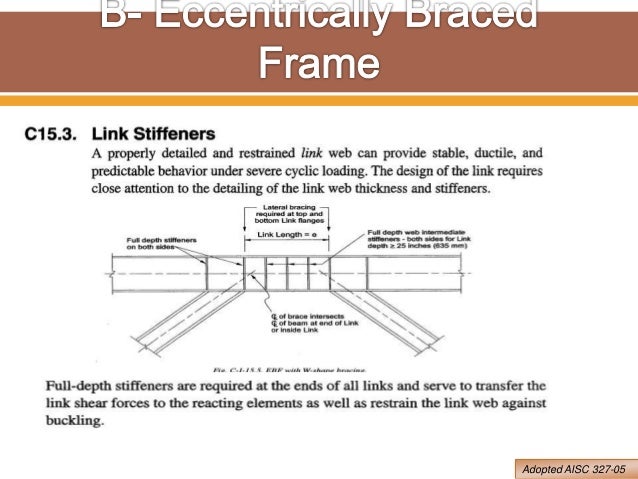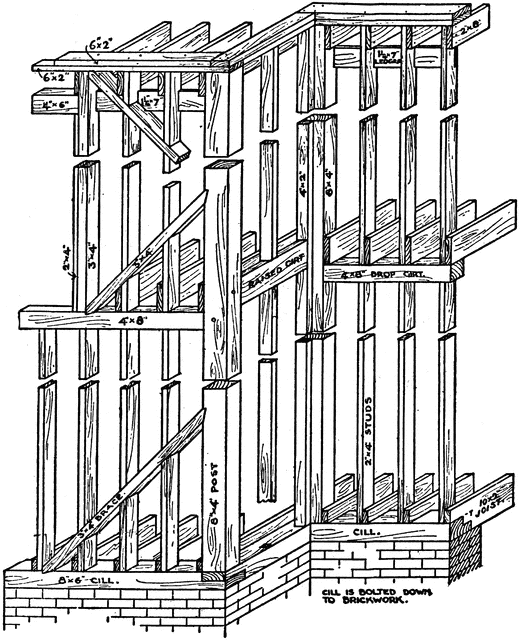



A brace is a member that prevents a structural element from buckling or racking. Each piece of the truss is referred to as a “member”. The more number of the vertical planes of the bracings that are installed helps to improve the structural stability.Īlso, Read: Bolt Vs Screw | What Is Bolt | What Is Screws Advantages of Bracing SystemsĪ roof truss is made of several pieces of wood that are joined together. A minimum of two vertical planes in each of the orthogonal directions are provided to prevents the disproportionate collapse.The vertical bracings are mainly designed to resists the high wind loads and the horizontal forces acting.The bracing systems are placed at a near 45 degrees for an efficient system, and this arrangement is strong and compact.In this, there is s diagonal member that is inserted into the rectangular areas of the structural frame that is good for the stabilization of the frame. Whereas the single diagonal bracings are designed to resist both tension forces as well as compression forces.The cross bracings are slenderly withstanding tension forces only, and they are not the compression forces which provides the necessary lateral stability mainly depends upon the direction of the loading.There are also two subtypes of vertical bracings that are as follows.Īlso, Read: What Is Bridge Abutment | 5 Types of Abutments 2.1. These are the types of bracings that are placed between the two lines of the columns. In the vertical planes, the bracings lie between the column lines, which provides the load paths that are used to transfer the horizontal forces to the ground level, and this system will transfer the horizontal loads to the foundations and withstand the overall sway of the building. In diaphragms, there are different types of floor systems that provide a perfect horizontal diaphragm, such as composite floors, whereas others, such as precast concrete slabs, need specific measures to be satisfactory to serve their purpose.įor example, steelwork and the precast concrete slab should be joined together properly to avoid relative movements. There are two major types of horizontal bracing systems that are generally used in the multistory braced steel structure, which are diaphragms, and discrete triangulated bracing. The horizontal forces on perimeter columns are developed due to the wind force pressure on the structure. Horizontal bracing systems are designed to transfer horizontal loads from columns at the perimeter of the structure to the planes of vertical bracing. The Horizontal bracing system consists of the bracings which are provided at each floor in the horizontal planes and provides the load paths so that the horizontal forces can be easily transferred to the planes of the vertical bracings. There are mainly two main types of bracing systems that are used in the construction of buildings that are as follows.


 0 kommentar(er)
0 kommentar(er)
